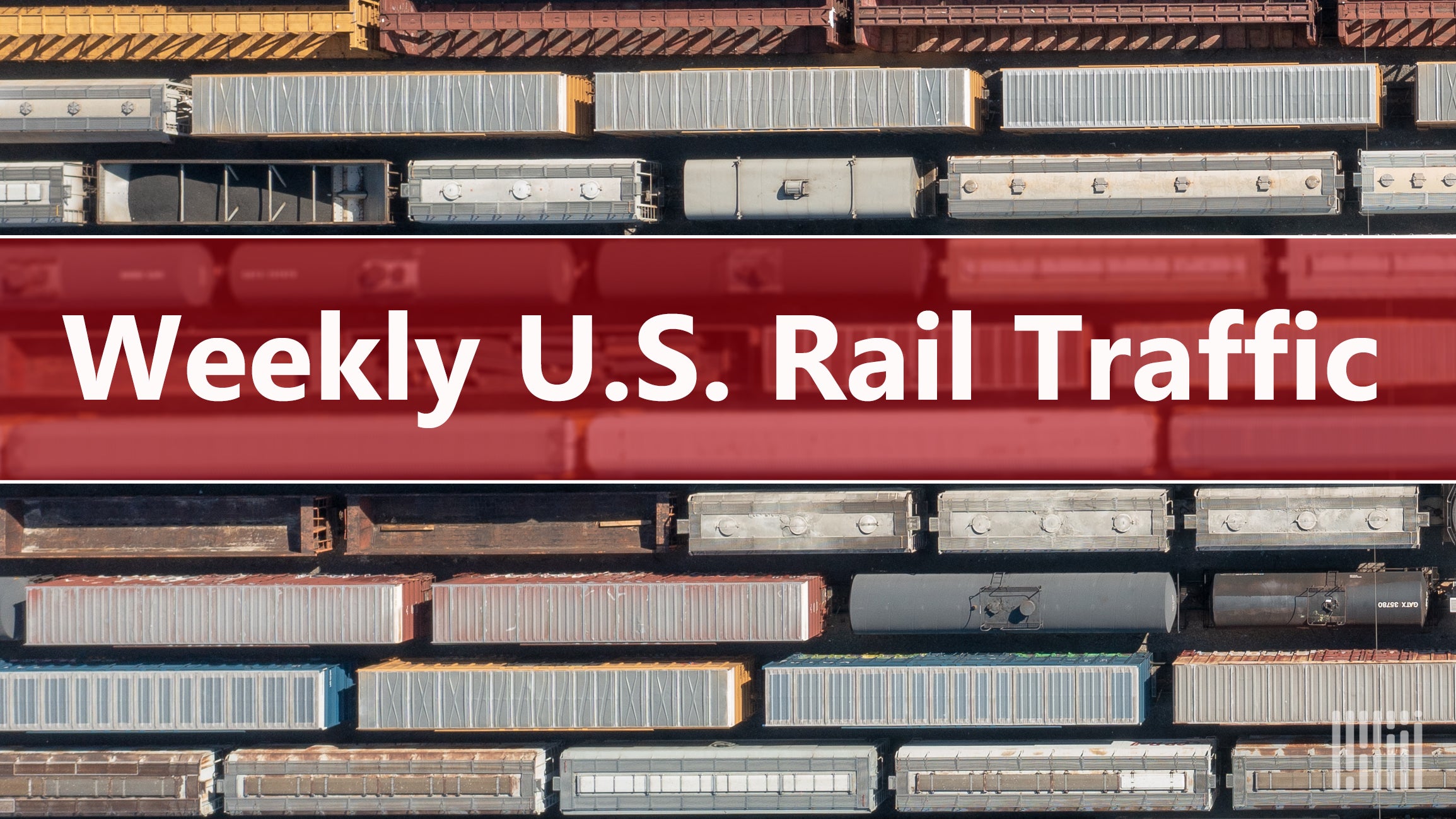Overview of Recent U.S. Rail Freight Performance
In the week ending August 30, 2025, U.S. rail freight reported a modest overall increase, showing a delicate balance between growth and decline in different segments. Total rail traffic edged up by 0.9% compared to the same week the previous year, continuing a cautious upward trend in the rail freight sector.
Carload vs. Intermodal Traffic
Breaking down the numbers, the traditional carload rail traffic saw a slight gain of 0.6% year-over-year, whereas the intermodal volume—which blends rail transport with trucking for greater flexibility—posted a stronger rise of 1.2%. This contrast highlights the increasing importance of intermodal services in shifting freight efficiently across varied transport modes.
| Traffic Type | Year-over-Year Change (%) |
|---|---|
| Total U.S. Rail Traffic | +0.9% |
| Carload Shipments | +0.6% |
| Intermodaal transport | +1.2% |
Commodity Group Winners and Losers
Among the ten major commodity groups hauled by rail, five experienced growth. Leading the pack were chemicals with a 4.9% increase and metallic ores and metals which improved by 3.5%. These commodities indicate sectors that remain economically active and reliant on timely freight movement.
On the flip side, some important commodities struggled. Petroleum and associated products took the biggest hit, declining 7.7%, a figure that impacted overall tonnage. Declines were also noted in grain (down 3.6%) and forest products (down 3.4%), reflecting possible shifts in production, demand, or seasonal factors.
Cumulative Trends and Regional Differences
Looking over the first 35 weeks of 2025, total U.S. rail volume is up 3.4% year-over-year, with intermodal units outpacing this at 4.1%. This shows strength in combined freight logistics over the longer term, particularly where rail partners effectively with other transport modes.
However, the broader North American rail picture reveals a mixed bag. Overall carload volumes across 9 major U.S., Canadian, and Mexican railroads fell by 2.2% in the same week, while containers and trailers jumped 5.2%. Total combined weekly traffic grew only 1.6%, indicating that while intermodal freight is gaining ground, traditional carload sectors face some headwinds.
How These Trends Impact Logistics and Freight Moving Forward
The rail freight industry often acts as a barometer for broader economic and industrial activity, especially in shipping bulk commodities and goods crucial for manufacturing and retail. The slight mixed signals in carload traffic combined with robust intermodal growth suggest that while some sectors tighten their belts, others push forward with new or sustained demand.
For logistics providers and freight planners, these patterns underline the ongoing need for flexibility and multi-modal capabilities. The expanding intermodal sector—where shipments combine rail and truck transport—is particularly vital for ensuring efficient last-mile delivery and adapting to changing market demands.
Such dynamics also affect supply chain planning, warehouse stocking, and inventory strategies, especially when commodities like petroleum see sharp declines affecting energy and industrial supply chains. In this environment, staying agile with transport options can mean the difference between smooth delivery and costly delays.
Logistics Considerations Table
| Freight Demand | Implicaties voor logistiek |
|---|---|
| Growth in Chemicals and Metals | Requires reliable, high-volume rail haulage and storage solutions |
| Decline in Petroleum and Grain | Calls for adjustments in fuel supply chains and agricultural logistics |
| Rise in Intermodal Traffic | Emphasizes multimodal integration and flexible routing capabilities |
GetTransport.com and Modern Freight Solutions
In navigating this complex freight landscape, platforms like GetTransport.com offer a clear edge by connecting shippers with affordable and reliable cargo transport options worldwide. Whether it’s moving bulky goods, vehicles, or office and home relocation cargo, the platform streamlines logistics with a global reach and flexible service offering. This adaptability is exactly what’s needed to respond effectively to shifts in freight flow and commodity demand.
Final Thoughts on Rail Freight Trends and Their Real-World Impact
While official data and market analyses provide a strong sense of rail freight’s health, nothing beats firsthand experience in understanding the nuances of shipping needs and logistics challenges. The ability to assess rates, routes, and service quality on platforms like GetTransport.com empowers freight managers and businesses to make thoroughly informed decisions without overspending or unpleasant surprises.
Thanks to its transparent pricing, extensive network of carriers, and flexible cargo solutions—from pallets and containers to bulky shipments—GetTransport.com fits seamlessly into the growing demand for versatile rail and intermodal logistics. For anyone looking to keep pace with the evolving rail freight sector and secure dependable delivery, the platform represents a powerful tool. Book your shipment with GetTransport.com today and harness the best logistic options at your fingertips.
Outlook on Rail Freight and Logistics
Although the recent modest changes in U.S. rail freight may not shake the global logistics industry to its core, they remain important for keeping a finger on the pulse of freight movement in North America. The ongoing interplay between shrinking volumes in some commodities and growth in intermodal traffic tells a story of adaptation and gradual transition. GetTransport.com stays ahead of these shifts, ensuring that its users benefit from the most current options and cost-efficient solutions.
Begin met het plannen van uw volgende levering en beveilig uw lading met GetTransport.com.
Samenvatting
The latest U.S. rail freight data shows a subtle yet telling trend: overall volumes are up slightly thanks to gains in intermodal transport, but key commodities like petroleum products are experiencing declines. This mixed performance reflects broader changes in industrial production patterns and consumer demand, posing both challenges and opportunities for logistics and shipping professionals.
Railroads remain crucial for moving large volumes of bulk commodities and intermodal shipments efficiently across long distances. Integrated platforms such as GetTransport.com facilitate these complex freight moves by offering access to competitive rates and reliable carriers worldwide. In today’s fast-changing freight environment, such tools are invaluable for managing shipments — whether pallets, containers, or bulky goods — with confidence and cost-effectiveness.

 U.S. Rail Freight Sees Modest Uptick While Petroleum Shipments Decline in August 2025">
U.S. Rail Freight Sees Modest Uptick While Petroleum Shipments Decline in August 2025">